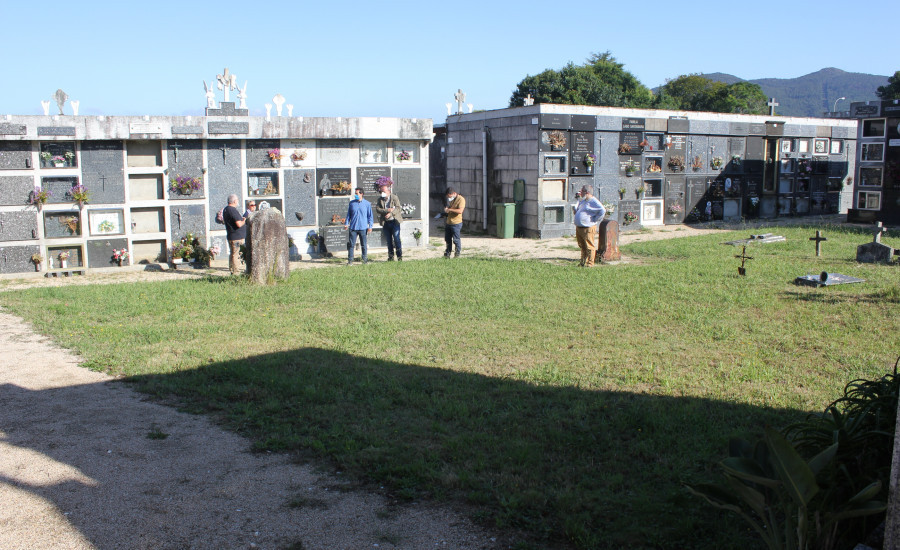Galician Democratic Memory Plan 2022

The Galician Democratic Memory Plan for 2022 is put into operation
The Galician Democratic Memory Plan for the year 2022 has just been signed on 28 September between the Second Vice-Presidency and Regional Ministry of the Presidency, Justice and Sports, the Regional Ministry of Culture, Education, Vocational Training and Universities of the Xunta de Galicia and the University of Santiago for the implementation of actions within the Four-Year Plan 2021/2024 of Democratic Memory of Galicia 2022.
This four-year plan integrates three fundamental strategic lines of public policies of Democratic Memory that are intended to be developed throughout the period (2021-2024), although its objectives can be reviewed annually. These strategic lines are:
Location, exhumation and identification of victims.
Dissemination of work carried out and results achieved.
Recognition and signalling of burial sites and promotion of places of memory.
The total cost of the actions to be carried out in 2022 within these strategic lines by the Galician Community amounts to €110,351.
The tasks for 2022 are:
Exhumation of the Vilacova grave (Lousame, A Coruña): This grave has two bodies, one of them identified as Manuel García Hermo, native of A Pobra do Caramiñal and neighbour of Ribeira.
Exhumation of the grave of A Capela (A Coruña): This is a grave with three bodies, all of which are identified: Joaquín Antón Rodeiro, Manuel Franco Bermúdez and Francisco Guerrero Guerrero, from As Pontes de García Rodríguez.
Exhumation of the Celanova grave: This is a mass grave with seven people, natives of Asturias, tried in Camposancos and executed in Celanova. They were buried in a common grave in the parish cemetery. They are Baldomero Vigil Escalera Vallejo, Marcelino Fernández García, Guillermo de Diego Álvarez, Alfonso Moreno Gayol, Abelardo Suárez de él Busto, Belarmino Álvarez García, and Mariano Blanco González.
The HISTAGRA group, coordinated by the Professor of Contemporary History Lourenzo Fernández Prieto, the SÍNCRISIS group, which includes Professor José Carlos Sánchez Pardo as coordinator of the team of archaeologists, the forensic anthropologist Fernando Serrulla, from IMELGA, and the team of the geneticist Ánxel Carracedo, who will be in charge of the genetic comparison with those relatives of the murdered who wish it to be carried out, are collaborating in the different tasks. The archaeological work is being carried out by Tiempos Arqueólogos. The exhumation tasks detailed are those authorised by the Ministry of the Presidency, Relations with Parliament and Democratic Memory.
For further information, please contact us at histagra@usc.es or telephone 686232856.
Tomorrow, Tuesday 22 November, the first of the interventions will take place in the Neighbourhood Cemetery of A Capela.
On Wednesday 23 November, interventions will begin in Celanova and Lousame.